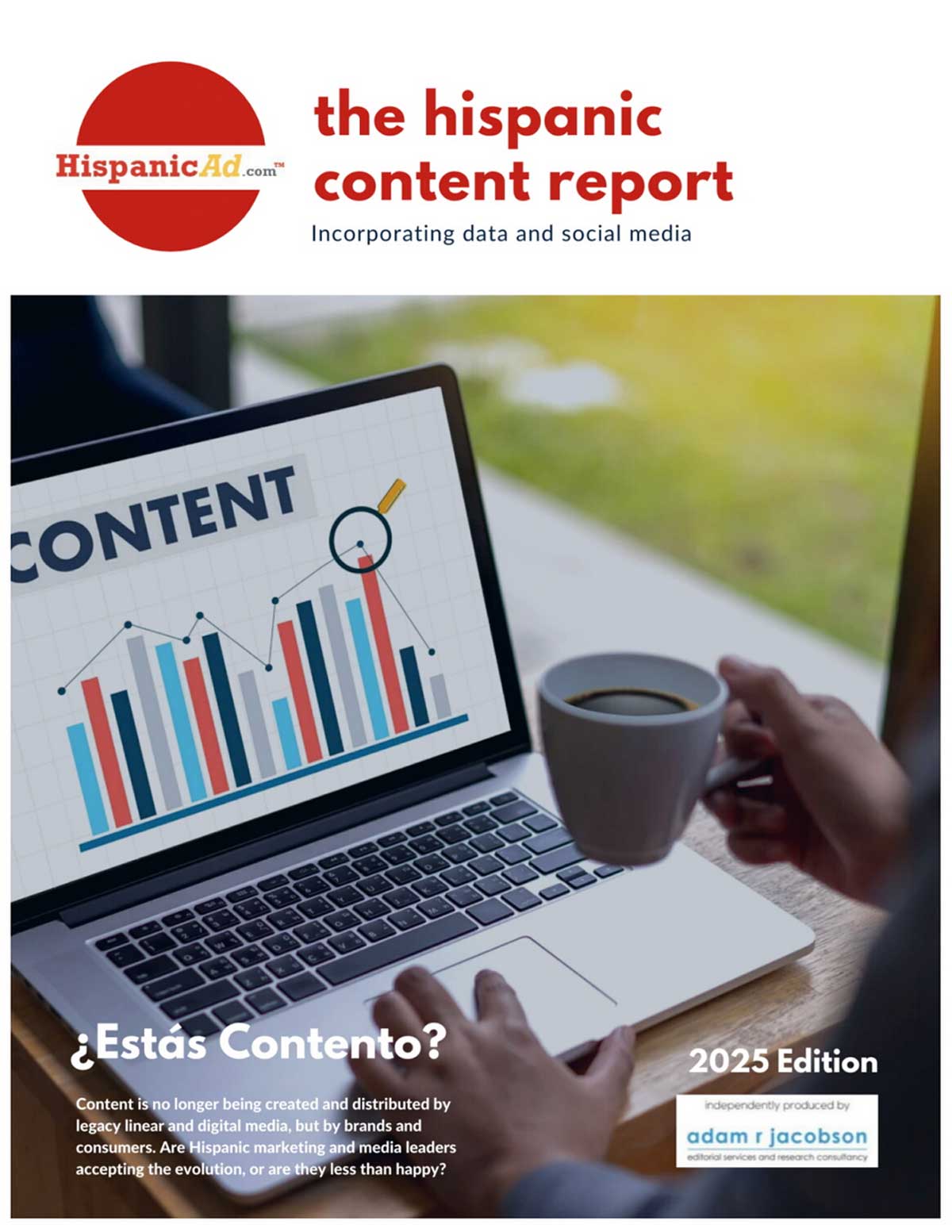The Hidden Signals in Every Cross-Border Transfer: Culture, Connection, and Consumer Insight

At a glance, remittances may seem like simple financial transactions—one-way wires, routed from immigrant workers in the U.S. to family members in Latin America and the Caribbean. But look closer, and they reveal something much more layered. Each transfer is a window into identity, resilience, and emotional intent. For marketers focused on multicultural audiences, remittances offer something even more powerful: insight.
They’re quiet signals—evidence of how consumers prioritize, adapt, and care.
REMITTANCES: A TRADITION THAT BUILDS ECONOMIC BRIDGES
In the 1980s, remittances from the U.S. to Latin America were relatively modest, totaling just a few billion dollars annually. By 2023, that number had grown to $155 billion, according to the World Bank1. For many countries in the region, these transfers became economic lifelines. El Salvador, Honduras, and Haiti all rely on remittances for over 20% of their GDP, a figure that underscores just how deeply personal transfers shape public stability1.
For decades, this money moved through storefront agents and cash-only corridors. The transaction might have been manual, but the motivation was always intimate—feeding children, paying for medicine, supporting elders. It’s not consumption. It’s connection.
ECONOMIC UNCERTAINTY AND POLICY SHIFTS IN THE U.S.
In 2025, the remittance landscape is facing stress from multiple angles.
The U.S. economy—still navigating inflationary pressure and cooling job markets—has put a strain on many working-class senders. At the same time, immigration enforcement actions have intensified. Deportation fears and the risk of detention have made informal earners more cautious. This combination has started to show up in the data.
In May 2025, Mexico’s remittance inflows fell 4.6% year-over-year, totaling $5.36 billion2. It followed an even sharper drop in April, marking the steepest monthly decline in more than a decade. The number of transactions also fell, though the average transfer amount ticked up slightly.
That’s not the full picture, though.
A TALE OF TWO REGIONS:MEXICO SLOWS, CENTRAL AMERICA SURGES
While remittances to Mexico have cooled, other LAC markets have experienced the opposite. Early 2025 data shows double-digit growth in key Central American countries: Guatemala (+21%), Honduras (+20%), and El Salvador (+14%)3.
What’s driving the divergence? Fear, in part. Immigrants from these nations—many of whom face more tenuous legal status—are sending more money, more quickly, in case their window to do so closes.
“If you’re detained, you won’t be able to keep sending money. So your only option is to try to send everything you can now.”
— Manuel Orozco, Inter-American Dialogue
It’s a form of urgency rarely covered in consumer reports, but it’s real—and brands working with these communities need to understand its impact.
A NEW TAX ON THE HORIZON
Further complicating the picture is the passage of the One Big Beautiful Bill Act (OBBBA) in July 2025. A little-known clause in the final legislation introduces a 1% federal tax on remittances made via cash, money orders, or cashier’s checks4. While bank-funded and card-based transfers are exempt, the move could still affect millions of users who rely on cash-based services.
The tax won’t go into effect until January 2026, but the anticipation is already shaping behavior. Industry analysts warn of a possible shift to less regulated, informal methods if costs rise too steeply. It’s a real risk—one that speaks to the need for better options, not more barriers.





























